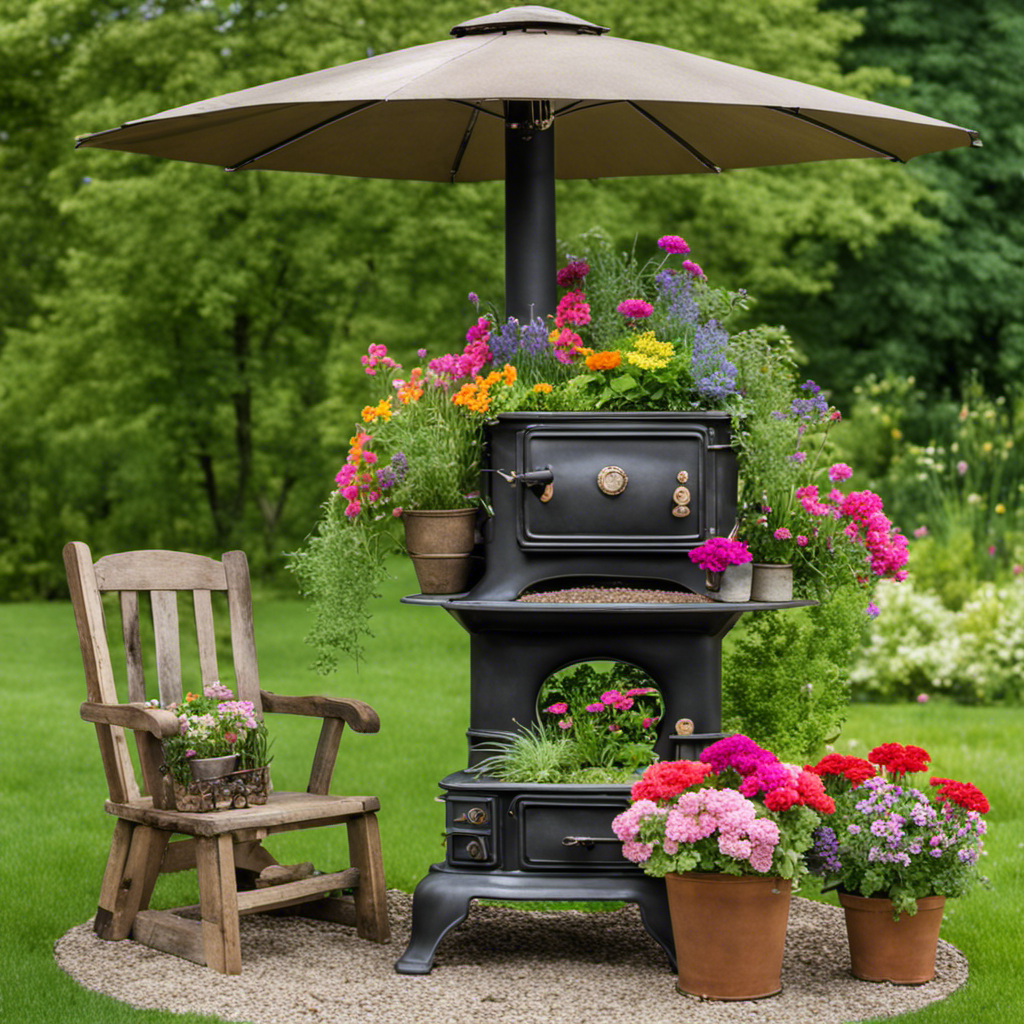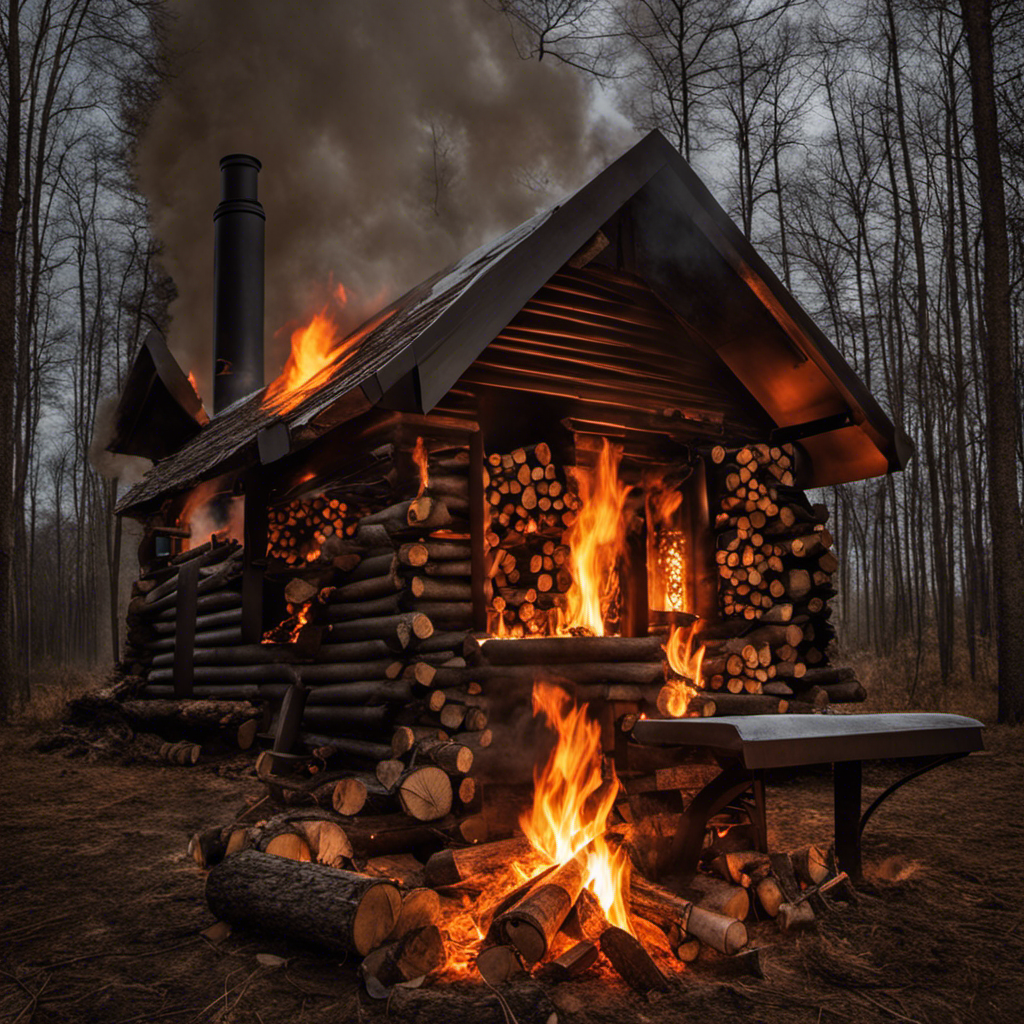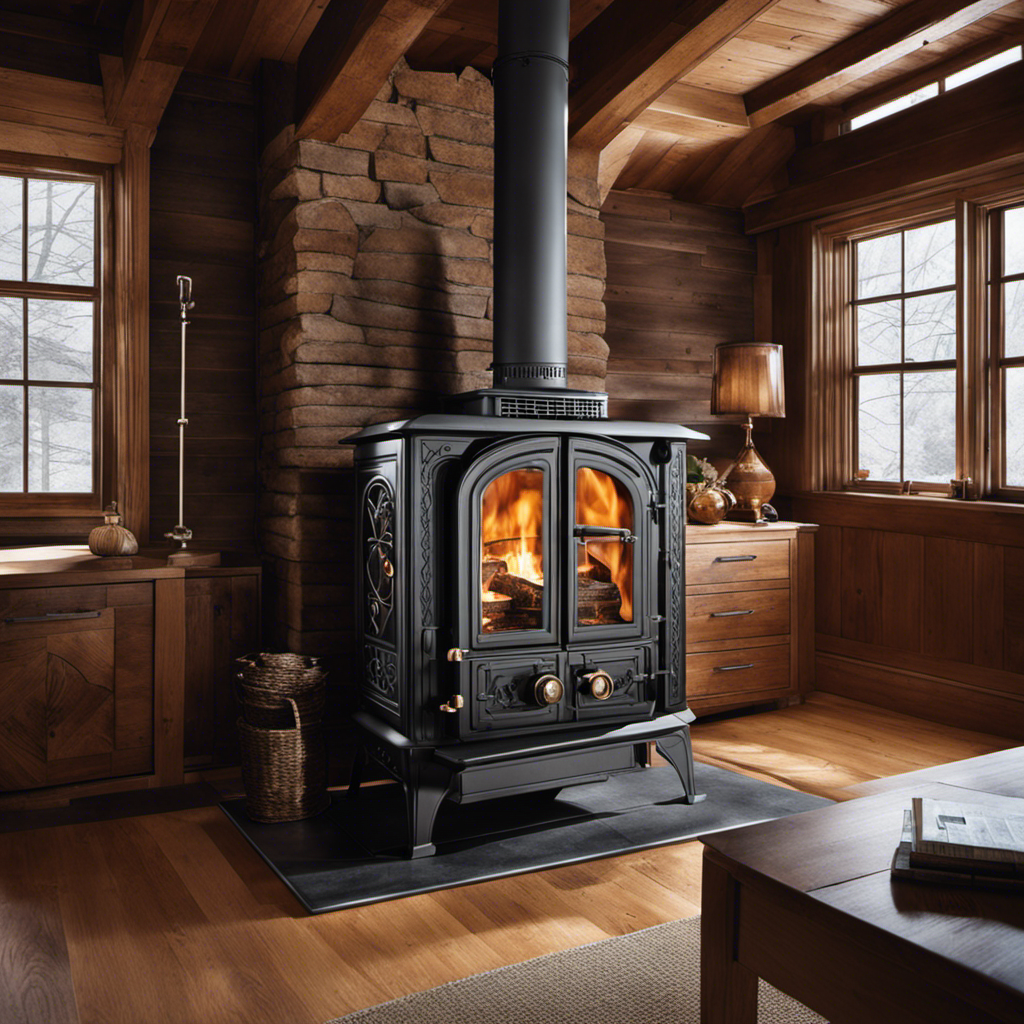You have constructed your own wood stove, right? That is a significant achievement. However, the next challenge is ensuring it is completely airtight.
Don’t worry, I’ve got you covered. In this article, I’ll show you the ins and outs of sealing a homemade wood stove.
From choosing the right sealant to ensuring proper ventilation, I’ll guide you through the process step by step.
Get ready to keep that fire roaring and your home cozy all winter long.
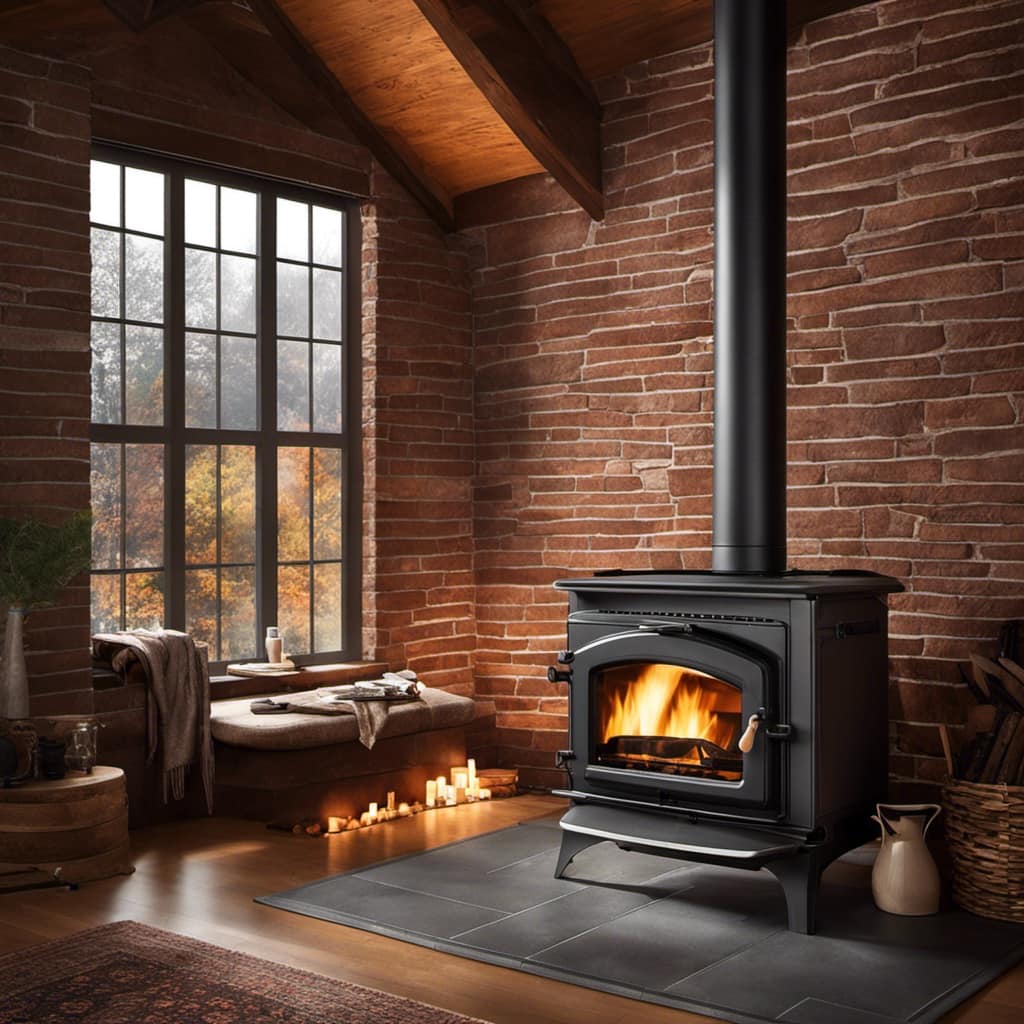
Key Takeaways
- Clean the surface thoroughly before applying sealant
- Choose the right type of sealant for high-temperature resistance and proper adhesion
- Apply sealant generously to joints and gaps using a caulking gun
- Ensure proper ventilation and airflow for efficient burning and stove efficiency
Preparing the Wood Stove for Sealing
I’m currently preparing the wood stove for sealing by cleaning the surface thoroughly. It’s essential to start with a clean slate to ensure proper adhesion of the new sealant.
To prepare the surface, I first remove any old sealant using a scraper or a wire brush. This step is important as it allows for a smooth and even application of the new sealant. I make sure to remove all traces of the old sealant, paying attention to any cracks or crevices.
Once the old sealant is completely removed, I clean the surface with a mild detergent and warm water to remove any dirt and grease. This thorough cleaning ensures that the new sealant will bond effectively to the wood stove.
As I finish preparing the surface, I can now move on to the next step, which is choosing the right type of sealant.
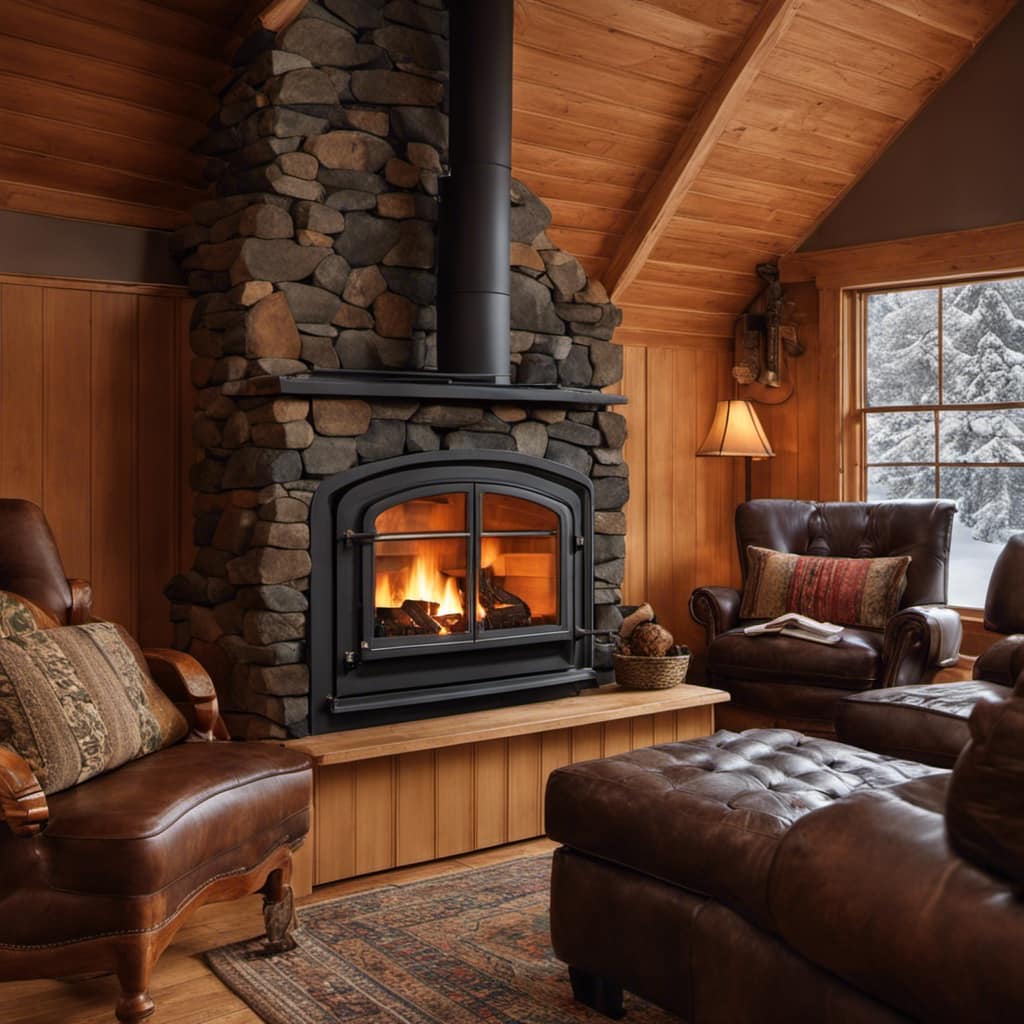
Choosing the Right Type of Sealant
After researching different options, I’ve decided on the best type of sealant for my homemade wood stove. Choosing the correct sealant is crucial to ensure the stove’s efficiency and safety. Common mistakes, such as using the wrong sealant or applying it incorrectly, can lead to leaks and potential fire hazards. To help you make an informed decision, I have created a table comparing three popular sealant options:
| Sealant Type | Pros | Cons |
|---|---|---|
| Silicone | Durable | High-temperature limits may vary |
| Furnace Cement | High-temperature resistance | May require multiple layers |
| Fire clay | Excellent heat retention | Longer drying time |
Applying the Sealant to the Joints and Gaps
To ensure a proper seal, I carefully apply the sealant to the joints and gaps of my stove. This step is crucial in preventing leaks and maintaining the efficiency of the stove.
I start by cleaning the surfaces thoroughly, removing any dust or debris that could affect the adhesion of the sealant.
Then, using a caulking gun, I apply a generous amount of high-temperature silicone sealant to all the joints and gaps, making sure to cover every inch.
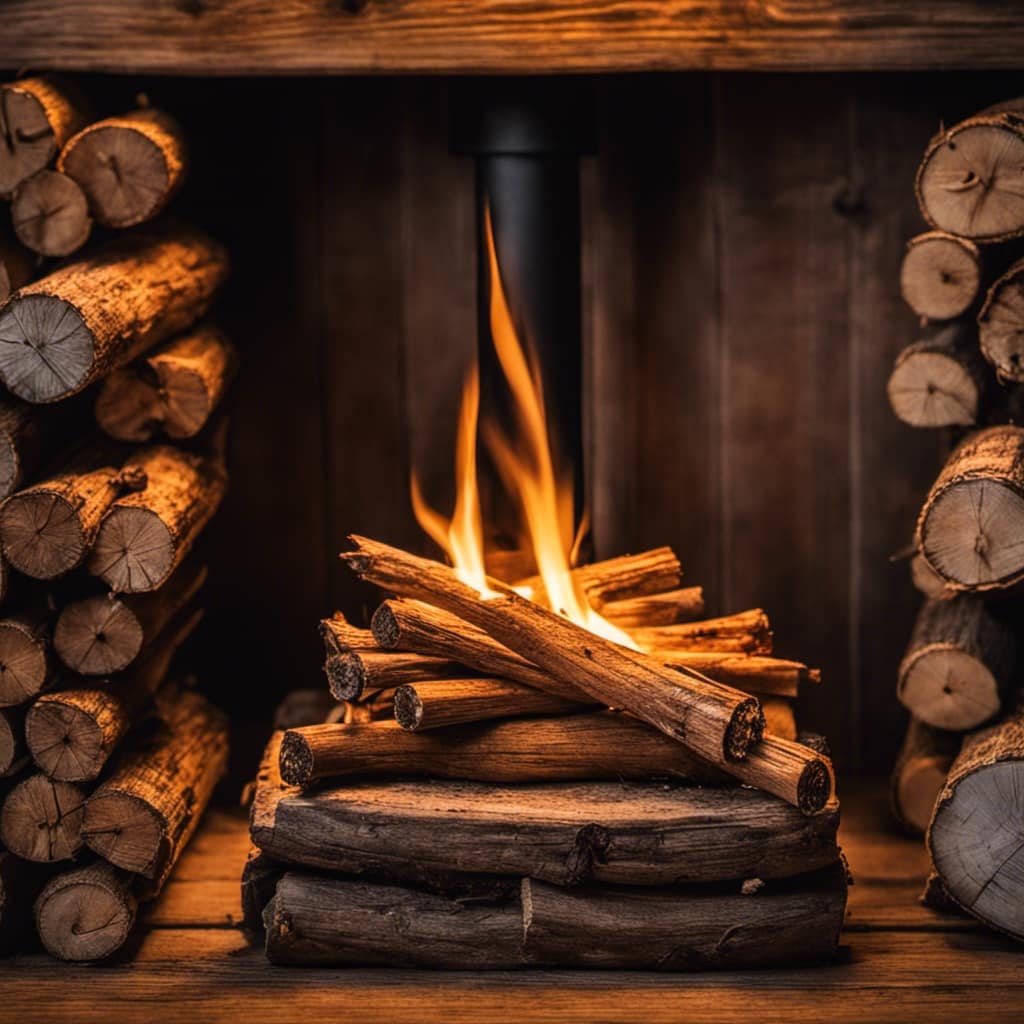
I pay close attention to areas where two metal pieces meet, as they tend to be more prone to leaks.
By creating a tight seal, I can prevent any air leakage and ensure optimal performance of my homemade wood stove.
Now, let’s move on to ensuring proper ventilation and airflow.
Ensuring Proper Ventilation and Airflow
Now that the sealant is applied, I need to focus on ensuring proper ventilation and airflow in order to maintain the efficiency of my stove.
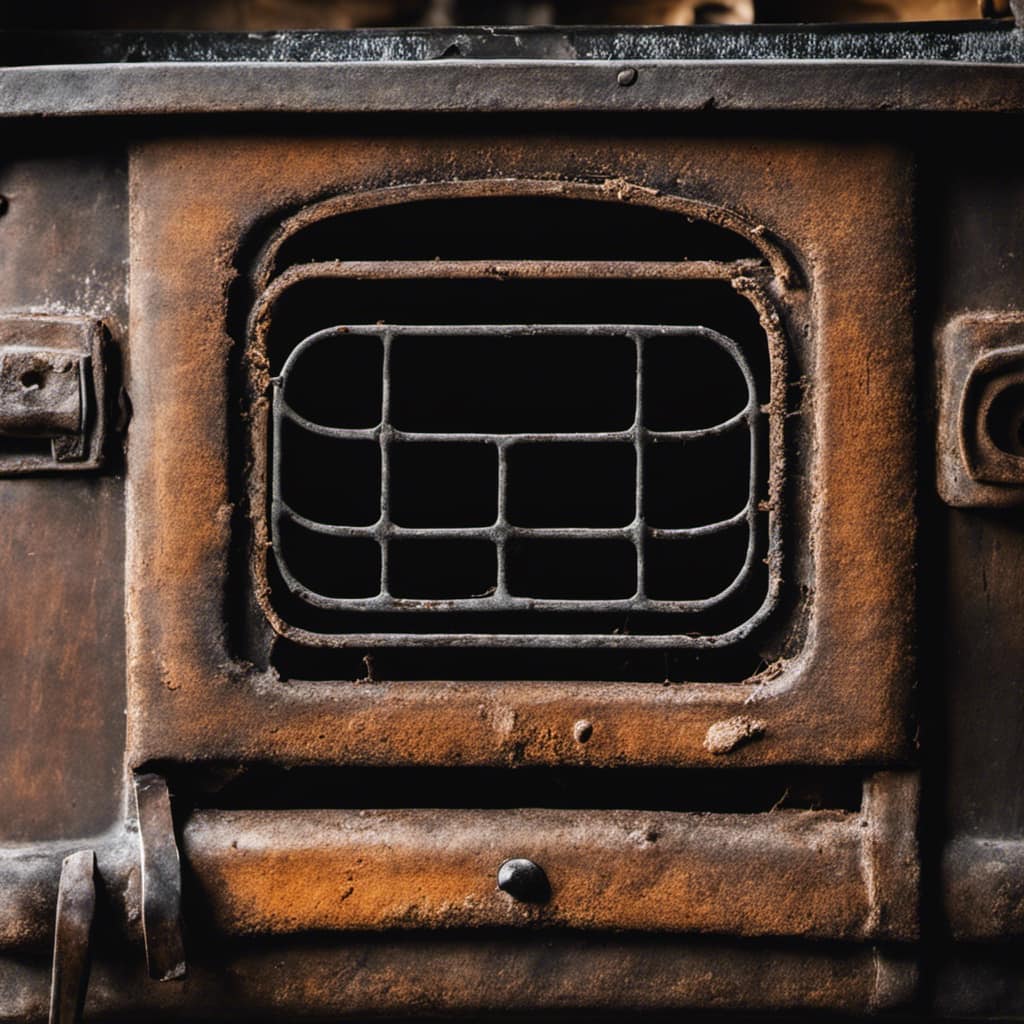
One important aspect of this is the regular cleaning of the chimney. A clean chimney allows for the smooth flow of smoke and gases out of the stove, preventing any buildup that could hinder the stove’s performance.
To improve the efficiency of my wood stove, I’ve a few tips in mind. Firstly, I’ll make sure to use dry and seasoned wood, as this burns more efficiently.
Secondly, I’ll adjust the air vents to control the combustion rate and keep a steady flame.
Finally, I’ll install a stove thermometer to monitor the temperature and ensure optimal burning conditions.
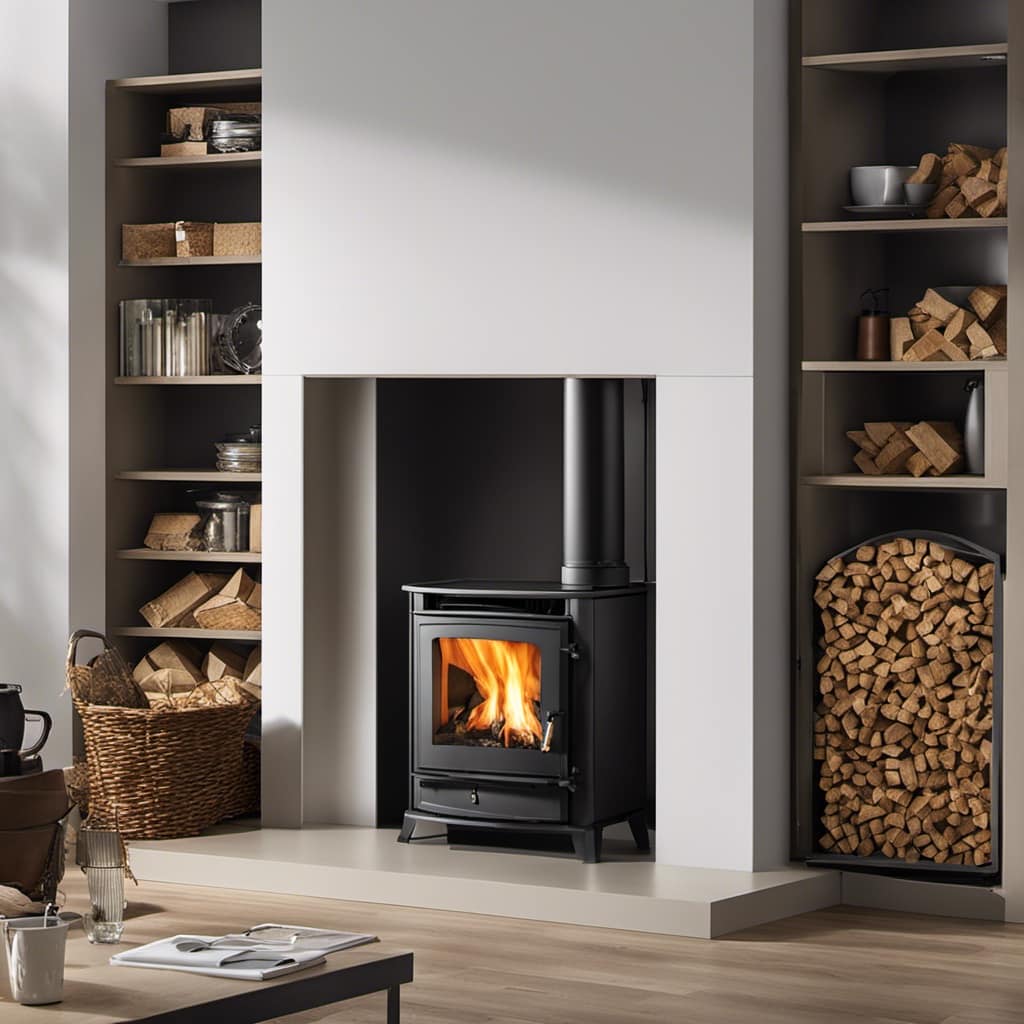
Regular Maintenance and Inspection of the Sealed Wood Stove
I make sure to regularly inspect and maintain my sealed stove to ensure its proper functioning. Here are the steps I take to keep my stove in top condition:
-
Inspecting for cracks: I carefully examine the exterior and interior of the stove for any signs of cracks or damage. Cracks can lead to leaks and reduce the stove’s efficiency, so it’s important to address them promptly.
-
Checking for carbon monoxide leaks: Carbon monoxide is a silent killer, so I use a carbon monoxide detector to ensure there are no leaks. I also inspect the stove’s seals and gaskets to make sure they’re intact and not worn out.
-
Cleaning the stove: Regular cleaning is essential to prevent the buildup of creosote and other debris that can block the stove’s airflow. I remove ashes, clean the firebox, and scrub the stove’s surfaces to keep it clean and efficient.

-
Maintaining proper airflow: I check the stove’s air vents and dampers to ensure they’re functioning properly. Proper airflow is crucial for efficient combustion and preventing the accumulation of harmful gases.
Frequently Asked Questions
What Are the Potential Risks of Not Properly Sealing a Homemade Wood Stove?
Not properly sealing a homemade wood stove can lead to various risks, including the potential for carbon monoxide poisoning, increased fire hazards, and inefficient heat distribution. Proper sealing is essential for safety and optimal performance.
Can I Use Any Type of Sealant for My Wood Stove, or Are There Specific Ones That Are Recommended?
Can’t just slap any ol’ sealant on your wood stove, buddy. Gotta use the right stuff. Look for high-temperature silicone sealants or stove gasket cement. Safety first, ya know?
How Long Does the Sealant Take to Fully Cure and Provide a Tight Seal?
The curing time of the sealant determines its efficacy in providing a tight seal. It is important to follow the manufacturer’s instructions for proper curing, as this ensures the sealant’s maximum effectiveness.

Are There Any Specific Tools or Equipment Needed for Applying the Sealant to the Joints and Gaps of the Wood Stove?
When sealing a homemade wood stove, it is important to have the right tools and equipment. A proper sealant should be applied to the joints and gaps, ensuring a tight and secure fit.
What Are Some Signs That Indicate the Wood Stove May Need to Be Resealed or Repaired?
Regular maintenance is crucial to ensure the proper functioning of a homemade wood stove. Signs of wood stove damage include cracks, gaps, or leaks, which can lead to reduced efficiency and potential safety hazards.
Conclusion
In conclusion, properly sealing a homemade wood stove is essential to ensure its efficiency and safety.
According to a study conducted by the National Fire Protection Association, 59% of home heating fires are caused by poorly maintained or improperly sealed wood stoves.
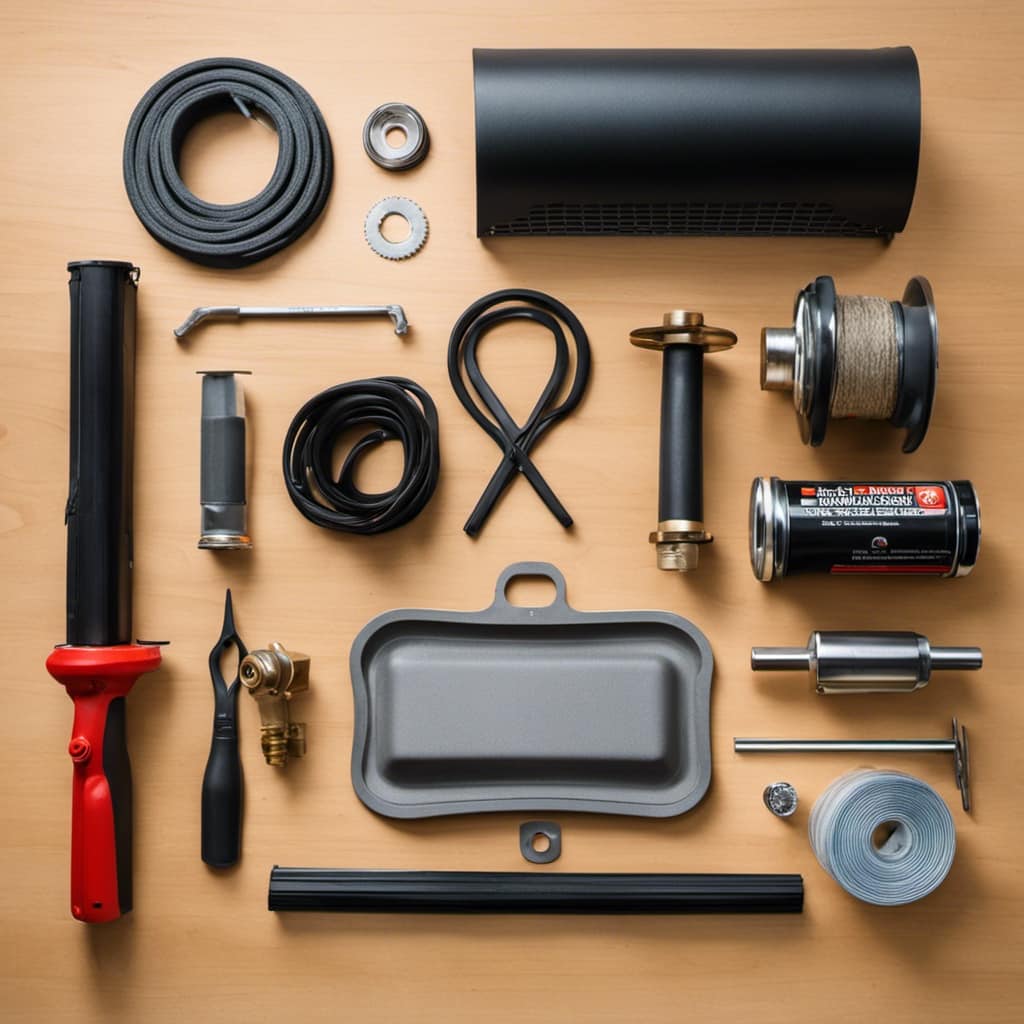
By taking the time to prepare the stove, choose the right sealant, and apply it correctly, you can greatly reduce the risk of a fire and enjoy the benefits of a well-sealed wood stove for years to come.
Remember to regularly inspect and maintain the seals to ensure continued safety and efficiency.
Growing up surrounded by the vast beauty of nature, Sierra was always drawn to the call of the wild. While others sought the comfort of the familiar, she ventured out, embracing the unpredictable and finding stories in the heartbeat of nature.
At the epicenter of every remarkable venture lies a dynamic team—a fusion of diverse talents, visions, and passions. The essence of Best Small Wood Stoves is crafted and refined by such a trio: Sierra, Logan, and Terra. Their collective expertise has transformed the platform into a leading authority on small wood stoves, radiating warmth and knowledge in equal measure.




